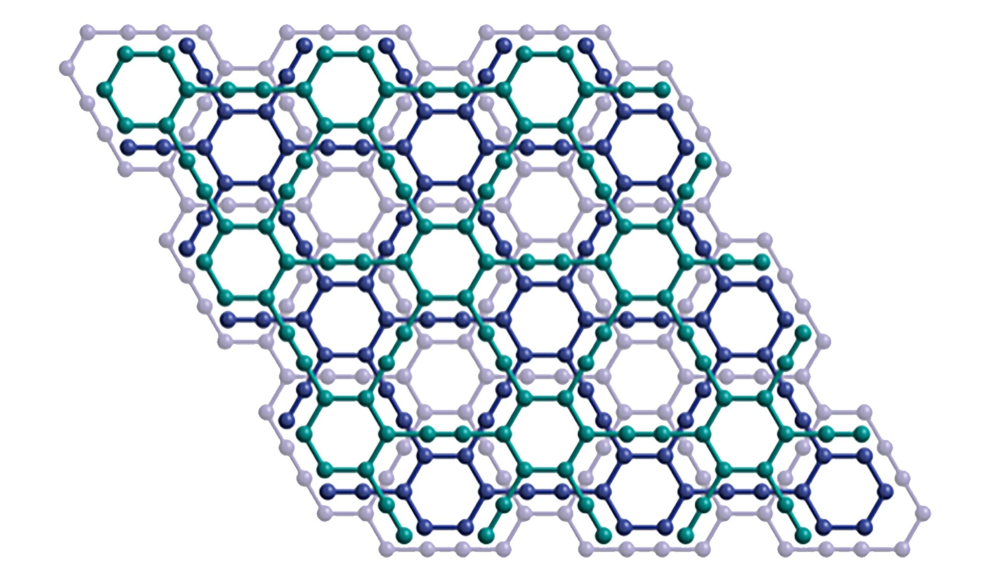In a breakthrough for materials science, researchers at the University of Colorado in Boulder have successfully produced the 2D material Graphyne for the first time. Until now, Graphyne had only been studied through simulations, but its unique properties make it an ideal candidate for use in semiconductors. Unlike Graphene, which has a hexagonal arrangement of carbon atoms, Graphyne has six carbon atoms arranged in a benzene ring, connected by alkyne bonds. Both Graphene and Graphyne are 2D materials, consisting of a single layer with the thickness of an atom.
The production of Graphyne was achieved through a chemical process called alkyne metathesis, which allows for the exchange of molecules coupled by alkynes. This process enables the transformation of a suitable starting chemical into the desired molecule. The resulting complex lattice structure of Graphyne alters the orientation of atomic orbitals, which is crucial for its properties. In Graphene, the orbital structure creates Dirac cones, where the valence and conduction bands overlap, allowing electrons to behave like massless particles. While Graphene has excellent conductivity, it is not directional, which is a problem for many applications. However, simulations suggest that Graphyne may have the desired directional conductivity, making it an exciting prospect for future research.
The successful production of Graphyne through alkyne metathesis opens up new avenues for research into this promising material. The next step will be to investigate whether Graphyne does indeed possess the desired directional conductivity, which could have significant implications for the development of new semiconductors. This breakthrough highlights the importance of continued research into 2D materials and their potential applications in a wide range of fields.






